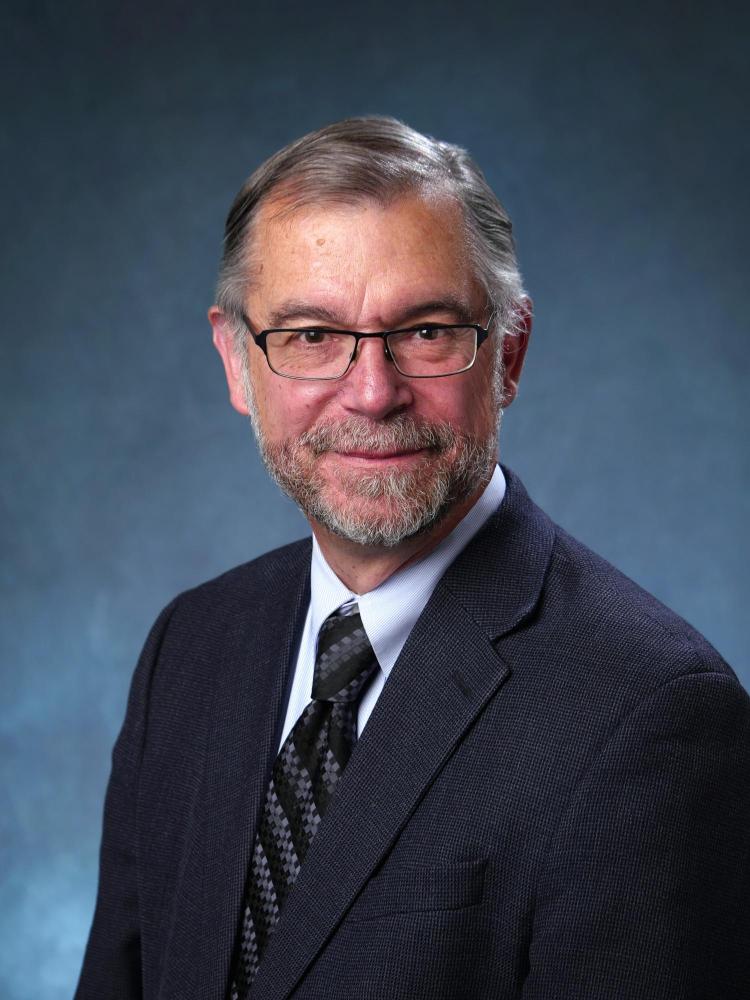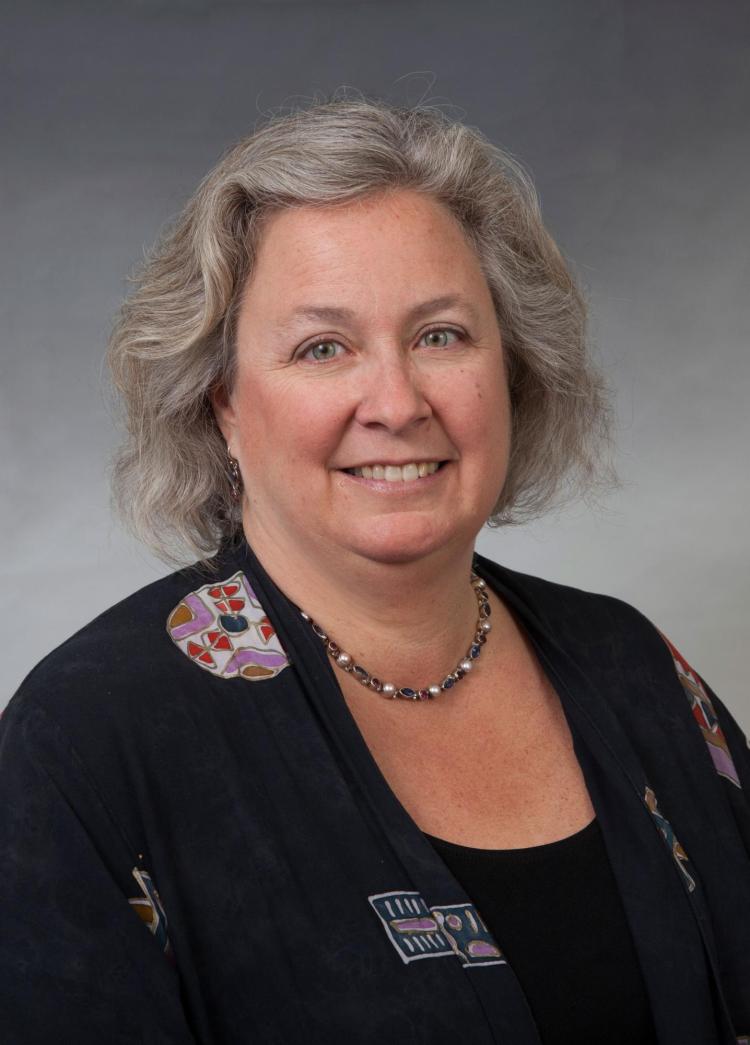Academic Futures: Notes from a great conversation, May 2 edition
We are now in month eight of the first year of Academic Futures: Reimagining the university—the futures of learning and discovery. While the Academic Futures Committee strongly believes this process will produce important recommendations for the campus, they also see the process itself as an important victory.
We have been truly impressed with the quantity and quality of the responses we have had from the campus, from students, staff and faculty. This has been a rich discussion of our collective future.
Academic Futures conducted more than 100 meetings last fall semester. These meetings involved open forums, facilitated conversations on specific topics and exchanges with individual departments and units. At each meeting, a record was kept of questions and comments, and these—literally thousands of them—were then posted to the Academic Futures website.
We also solicited white papers from the campus and received 155 of those, all of which were, again, included on the site. By the end of the fall semester, we had a complex, comprehensive archive of the community’s thoughts on how we should move our work of teaching and learning, discovery and creation into the future.

Vice Provost and AVC for Faculty Affairs and Convener of the Academic Futures Campus Conversation Jeff Cox

RIO Director of Strategic Projects and Facilitator of the Academic Futures Campus Conversation Emily CoBabe-Ammann
Over the winter break, members of the Academic Futures team went through all this information and identified 20 core themes. For each theme, a brief overview was created—a sense of the issues, of what we wanted to do in a particular area, of what success might look like and of what obstacles we face. We then listed the various white papers that seemed appropriate to the topic. What these documents, all publicly available, offer is a roadmap to use to navigate through all the individual responses we received.
The committee began meeting on a weekly basis in January. Its first task was to hear about the work of the fall. Two members of the committee reported to the group on each of the themes. As a result, each white paper was read by at least two committee members; each conversation was reviewed by at least two committee members. The entire committee heard about and discussed these themes.
Out of those discussions—which ranged from large conversations on values to examination of particular problems—the committee began to self-organize into a series of working groups. After those groups got going, the committee recognized some issues had not been taken up, so additional groups were formed.
These subcommittees or working groups were informal and flexible; people came and went from one group to another, sometimes working in multiple groups. The subcommittees never received formal labels, but we have some short-hand designations to keep clear to us who is doing what:
- Maintaining the public in the public research university
- Inclusive excellence and diversity
- Creating a student-centered campus
- Interdisciplinary teaching and research
- Imagining a global campus
- Technology and teaching; online and distance learning
- Graduate student success
- Staff success
- Faculty success
- Infrastructure, space and budget
Many of these discussions overlapped. Issues that may be of concern to you may well be included in these broad themes. Some of the subcommittee/working group members reported in CU Boulder Today in March and April on the transformative ideas their committees were seeing emerge from a review of the combined fall semester campus input.
While the work in the fall had focused on hearing from our own community, the committee recognized it needed to look beyond our own university.
We recruited Tamara Milbourn, a talented doctoral student in education, to survey educational research and to locate models from other institutions. Members of the committee also contributed a variety of documents, including reports from past planning processes. Members also sought out other current explorations of aspects of our campus, such as Foundations of Excellence, to learn from their good work. A wealth of data and research was gathered on the committee’s worksite.
One of the more successful ways of broadening the committee’s insights came to us thanks to two members of the Program in Writing and Rhetoric, who formed a partnership between their classes and the committee. In that partnership, which we outlined in the April 25 edition of “Notes from a great conversation,” student teams examined current educational research on their topic, evaluated other institutions’ programs, considered metrics for success, assessed CU’s current assets and made recommendations to the committee. Their final products included a short presentation to the committee.
As the committee began to get some clarity on the questions before it and to glimpse potential answers to them, they initiated another round of campus conversations.
Starting with the March 15 Chancellor’s Town Hall, the committee began reporting out on its ideas. Each week two open forums were held to hear general responses or to discuss the thoughts of a particular subgroup. Members of the committee met, by invitation, with various groups on campus. The Academic Futures team also began locating subject-matter experts who served as sounding boards for the committee’s ideas so we could make sure we were understanding the problems and possibilities here at CU Boulder around, say, technology and teaching.
In addition to these live interactions, the committee, with the help of Strategic Relations and Communications, created a series of short videos outlining the efforts of the subgroups and asking for online responses. We will continue to receive your thoughts and ideas through the end of the semester and up to June 1. Our goal is, by the end of the semester, the campus will be able to know the issues, problems, ideas and exciting possibilities the committee has in sight.
On June 1, the work of drafting a final report will begin. That report will be issued online on Sept. 1. A month-long comment period will follow, and, then, on Oct. 1, the report and all the archived responses will be delivered to the provost, senior vice chancellor/ chief financial officer, and the chancellor. At that point, phase two of Academic Futures will begin: taking on the challenge of how to implement Academic Futures’ transformative ideas.
In the meantime, we would like to thank the community for sharing its visions, ideas, hopes and dreams for CU Boulder in such bold and courageous terms. The energy, creativity and energy you’ve brought to the initiative this year gives us all encouragement and inspiration to continue this vital, transformative work.
Jeff Cox,
Vice Provost and Associate Vice Chancellor for Faculty Affairs
Convener of the Academic Futures Campus Conversation
Emily CoBabe-Ammann,
Director of Strategic Projects for the Research & Innovation Office
Facilitator of the Academic Futures Campus Conversation


